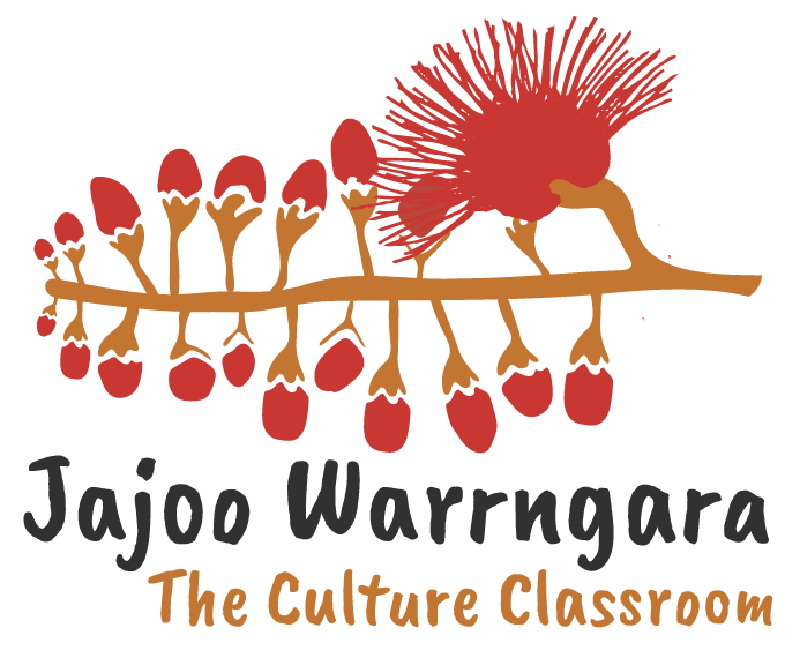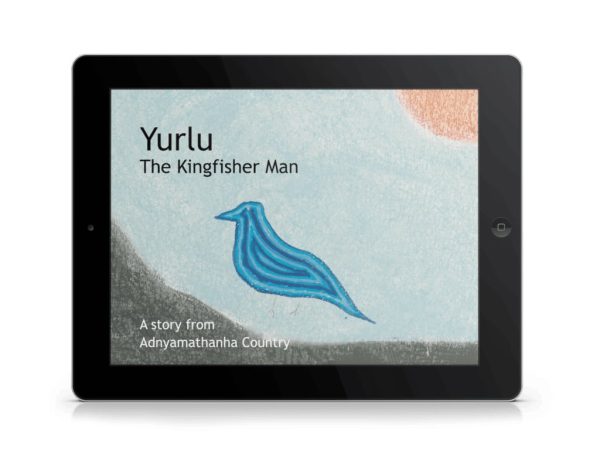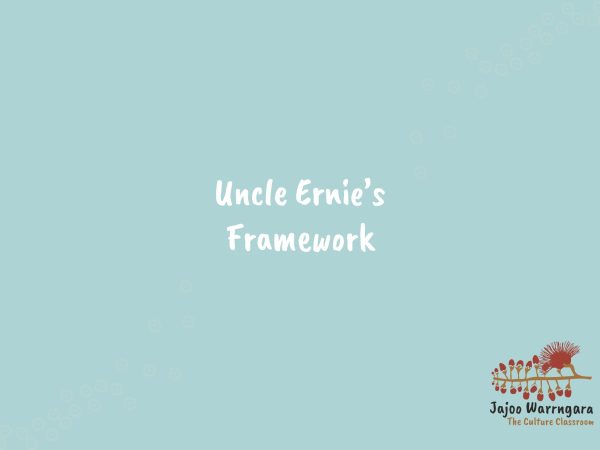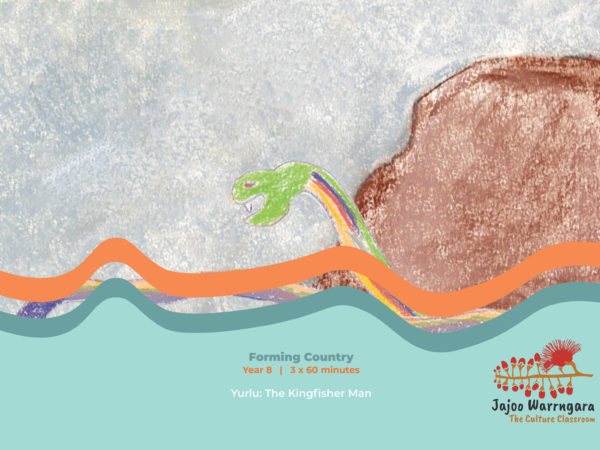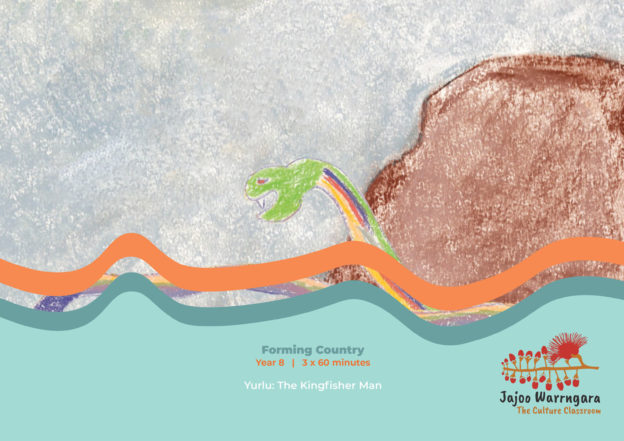Learning Areas
English | Science | HASS
In this unit
Students will investigate the Western understanding of the formation of either Wilpena Pound (Ilkura) or Parachilna and Branchina Gorges and the geological explanation of the formation of coal. They will learn about Adnyamathanha’s explanation of the formation of Country and creation of coal and the different names given to features of Country and what they reflect.
This unit includes:
Learning Areas
Cross Curriculum Priorities
Aboriginal and Torres Strait Islander Histories and Cultures
Related Units
Unit Content
